- Birch (Euonymus): Care, Photos, Species Your Ultimate Guide
- Care
- Photos of Birch (Euonymus)
- Species of Birch (Euonymus)
- Birch Care: Tips and Tricks for Growing Healthy Trees
- 1. Choosing the Right Location
- 2. Watering
- 3. Pruning
- 4. Fertilizing
- 5. Protecting from Pests and Diseases
- 6. Winter Protection
- 7. Avoiding Mechanical Damage
- 8. Regular Monitoring
- Birch Photos: Stunning Images of Different Birch Varieties
- Birch Species: A Closer Look at Various Types of Birches
- 1. Silver Birch (Betula pendula)
- 2. Paper Birch (Betula papyrifera)
- 3. Downy Birch (Betula pubescens)
- 4. Weeping Birch (Betula pendula ‘Youngii’)
- 5. Himalayan Birch (Betula utilis)
- Birch Leaves: Characteristics and Uses
- Characteristics of Birch Leaves
- Uses of Birch Leaves
- In Conclusion
- Birch Bark: Beauty and Functionality
- 1. Aesthetics
- 2. Crafts and Decorations
- 3. Traditional Uses
- 4. Medicinal Properties
- 5. Environmental Benefits
- Birch Diseases: Common Problems and How to Prevent Them
- 1. Birch Anthracnose
- 2. Birch Leaf Miner
- 3. Birch Canker
- 4. Birch Rust Diseases
- 5. Birch Decline
- Conclusion
- Pruning Birch Trees: When, Why, and How
- When to Prune Birch Trees
- Why Prune Birch Trees
- How to Prune Birch Trees
- Landscaping with Birch: Creative Ideas and Inspirations
- 1. Birch Tree Grove
- 2. Birch Tree Hedge
- 3. Birch Tree Pathway
- 4. Birch Tree Screens
- 5. Birch Tree Container Planting
- 6. Birch Tree Water Feature
- 7. Birch Tree Lighting
- Q&A:
- What are some common species of birch?
- How do I care for a birch tree?
- Are birch trees resistant to diseases?
- What are some uses for birch wood?
- How fast does a birch tree grow?
- Do birch trees attract wildlife?
- Can birch trees be grown in containers?
- Video: How to grow Green Spire Euonymus (Upright Narrow Evergreen Shrub)
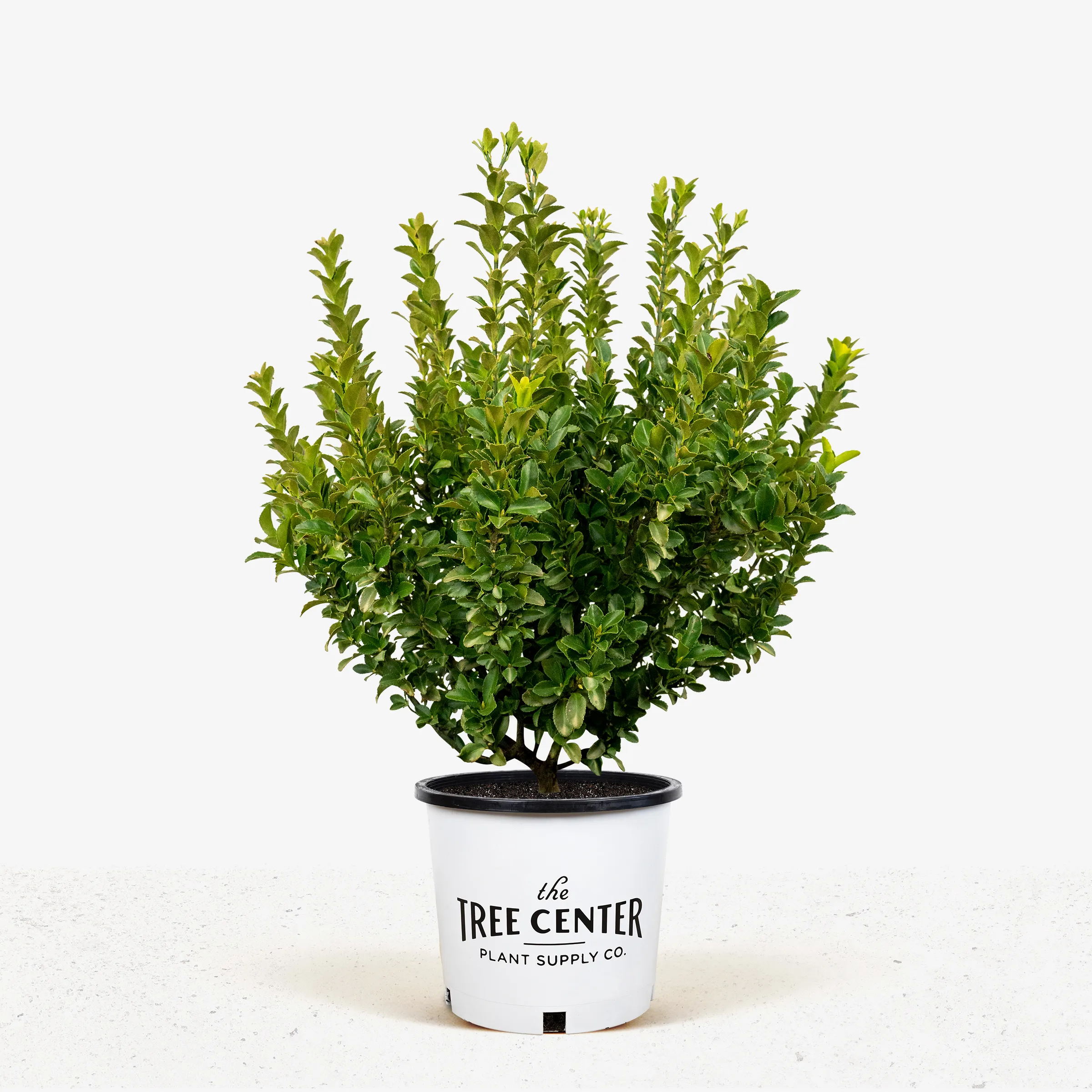
Birch, also known as Euonymus, is a versatile and attractive plant that can add beauty and interest to any garden or landscape. With its distinctive foliage and colorful berries, birch is a popular choice among gardeners and homeowners alike.
One of the most important aspects of caring for birch is knowing how to properly maintain and nurture it. This includes understanding the plant’s specific needs in terms of water, sunlight, and soil conditions. By providing the right amount of each, you can ensure that your birch will thrive and remain healthy for years to come.
There are several different species of birch, each with its own unique characteristics and requirements. Some species, like the European birch, are known for their graceful shape and elegant appearance. Others, such as the Japanese birch, are prized for their vibrant autumn colors. With so many species to choose from, you’re sure to find one that suits your preferences and fits well in your garden.
In this ultimate guide, we will explore the various species of birch and how to care for them, as well as provide stunning photos to inspire your landscaping ideas. Whether you’re a seasoned gardener or just starting out, this guide will give you all the information you need to successfully grow birch and create a beautiful garden that will be the envy of your neighbors.
So sit back, relax, and get ready to embark on a journey into the wonderful world of birch (Euonymus) plants!
Birch (Euonymus): Care, Photos, Species Your Ultimate Guide
Care
Birch (Euonymus) is a versatile and beautiful plant that can thrive both indoors and outdoors. With proper care, you can enjoy its lush foliage and vibrant colors for many years. Here are some essential care tips for birch:
- Light: Birch plants prefer bright, indirect light. Avoid placing them in direct sunlight, as it can scorch their leaves.
- Watering: Keep the soil evenly moist, but not waterlogged. Let the top inch of soil dry out before watering again.
- Temperature: Birch plants prefer moderate temperatures between 65-75°F (18-24°C). Avoid exposing them to extreme cold or heat.
- Humidity: These plants thrive in high humidity. Mist the leaves regularly or place the pot on a tray filled with water and pebbles to increase humidity.
- Fertilizer: Feed birch plants with a balanced liquid fertilizer every 2-4 weeks during the growing season (spring and summer).
- Pruning: Prune birch plants to maintain their shape and remove any dead or damaged branches. Pruning can be done throughout the year.
- Propagation: Birch plants can be propagated through stem cuttings. Take 3-4 inch cuttings and plant them in moist soil. Keep them in a warm and humid environment until new roots develop.
Photos of Birch (Euonymus)
Here are some beautiful photos of different species of birch plants:
  |   |   |
  |   |   |
Species of Birch (Euonymus)
There are several species of birch (Euonymus) plants, each with its own unique characteristics. Here are some popular species:
- Euonymus alatus (Burning Bush): This species is known for its brilliant red fall foliage.
- Euonymus japonicus (Japanese Spindle Tree): It has glossy evergreen leaves and is often used as a hedge or topiary.
- Euonymus fortunei (Wintercreeper): This species is an evergreen vine with variegated leaves.
- Euonymus europaeus (European Spindle Tree): It produces showy fruits and has attractive autumn foliage.
By following these care tips and exploring the different species of birch plants, you can create a stunning and thriving botanical collection. Enjoy the beauty and versatility of birch (Euonymus)!
Birch Care: Tips and Tricks for Growing Healthy Trees
Growing and caring for birch trees can be a rewarding experience. These beautiful trees are known for their attractive bark, graceful branches, and vibrant foliage. To ensure the health and longevity of your birch trees, here are some essential care tips and tricks:
1. Choosing the Right Location
Birch trees thrive in areas with moist, well-drained soil and partial sunlight. They prefer acidic soil with a pH level between 5.0 and 6.5. It’s important to select a location that provides adequate space for the tree to grow and spread its roots.
2. Watering
Birch trees require regular watering, especially during dry periods. Deeply water the tree at least once a week, ensuring the soil is moist but not soggy. Adding a layer of mulch around the base of the tree can help retain moisture and prevent weed growth.
3. Pruning
Pruning birch trees is usually done during late winter or early spring while the tree is still dormant. Remove any dead, damaged, or diseased branches, as well as any branches that are crossing or rubbing against each other. Be careful not to overly prune the tree, as this can weaken its structure.
4. Fertilizing
Apply a balanced slow-release fertilizer to your birch tree in early spring to promote healthy growth. Avoid using high-nitrogen fertilizers, as they can cause excessive leaf production and weaken the tree’s structure. Follow the manufacturer’s instructions for proper application.
5. Protecting from Pests and Diseases
Birch trees can be susceptible to certain pests and diseases, such as bronze birch borers and leaf spot diseases. Regularly inspect your tree for signs of infestation or disease, such as yellowing leaves, holes in the bark, or unusual spots. If necessary, consult a professional arborist for appropriate treatment options.
6. Winter Protection
Birch trees are susceptible to winter damage, especially in colder climates. To protect your tree during the winter months, wrap the trunk with burlap or tree wrap to shield it from extreme temperatures and frost. Avoid using plastic, as it can trap moisture and cause further damage.
7. Avoiding Mechanical Damage
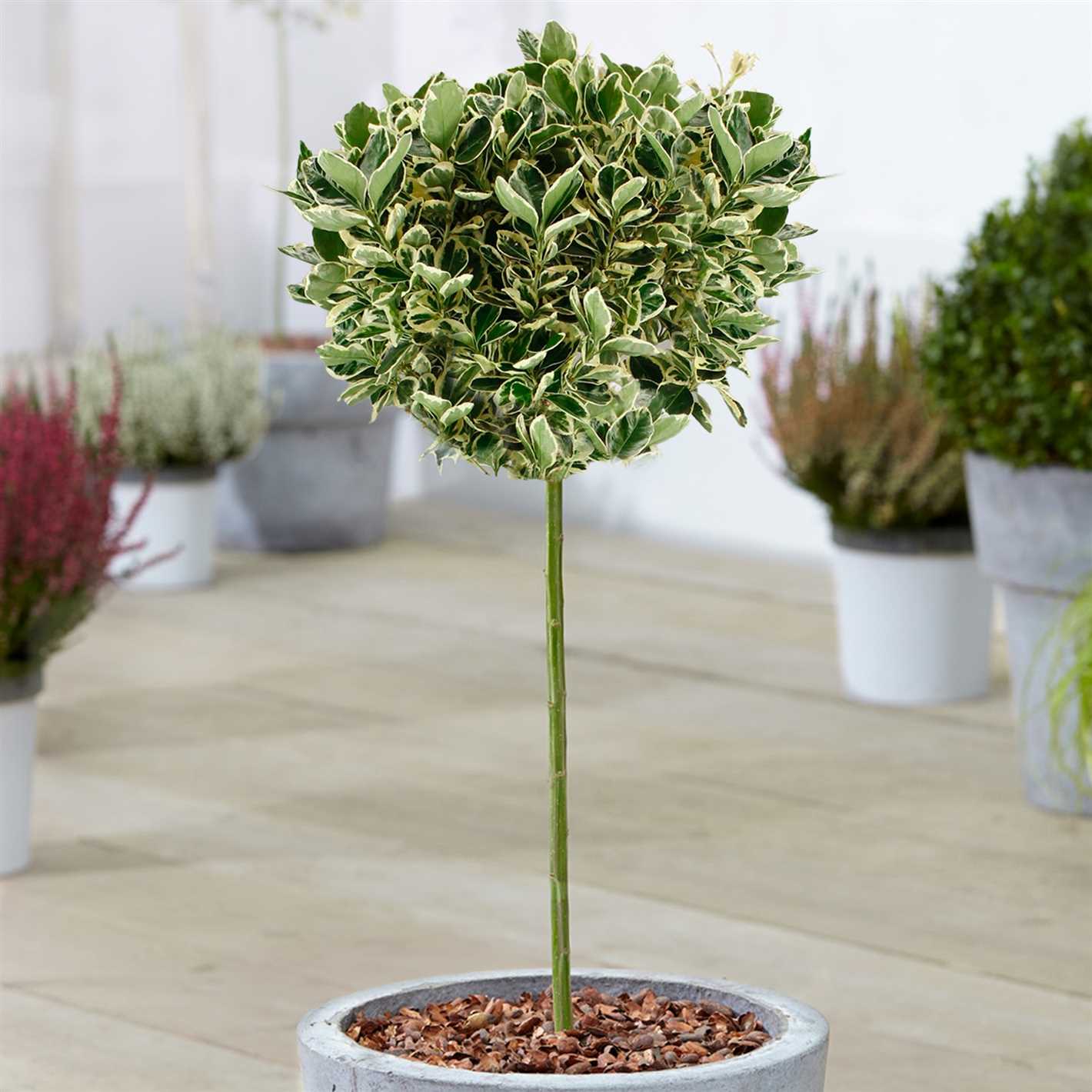

Be cautious when mowing or using other machinery near birch trees, as their thin bark can be easily damaged. Avoid hitting the tree with lawn equipment, and maintain a clear space around the base to prevent injuries.
8. Regular Monitoring
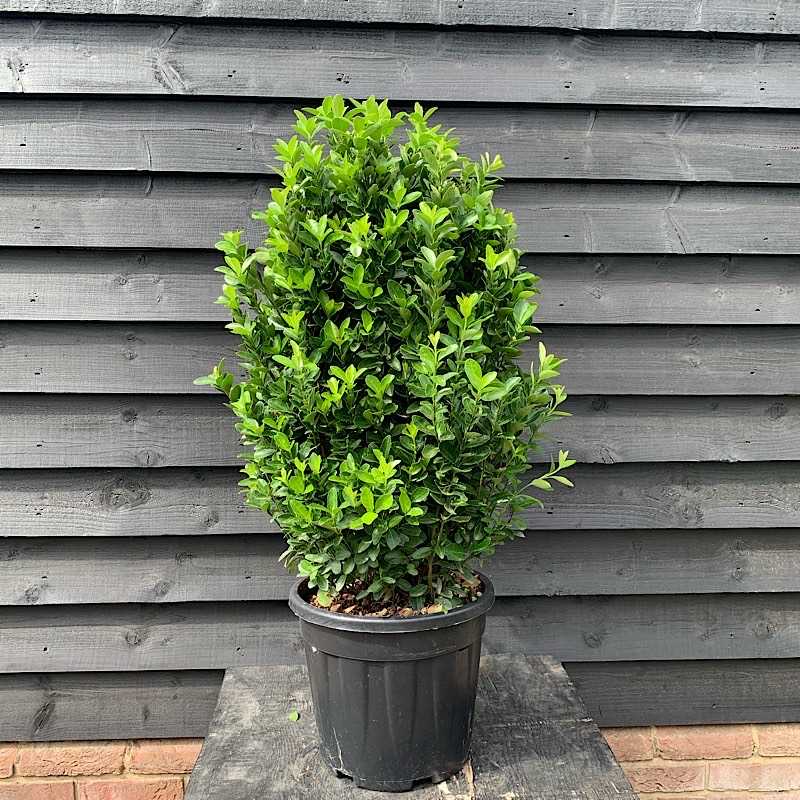

Regularly monitor your birch trees for any signs of stress, such as wilting leaves, unusual growth patterns, or changes in bark color. Early detection can help prevent further damage and ensure the overall health of the tree.
By following these tips and tricks for caring for your birch trees, you can enjoy their beauty and elegance for many years to come.
Birch Photos: Stunning Images of Different Birch Varieties
One of the most beautiful aspects of the birch tree is its bark, which often peels off in delicate layers, revealing different colors and textures. Here are some stunning images of different birch varieties:
- Silver Birch (Betula pendula): This birch variety is known for its striking white bark, which contrasts beautifully with its dark green leaves. The bark often peels off in thin strips, adding a unique texture to the tree.
- Alaskan Paper Birch (Betula neoalaskana): This birch variety is native to Alaska and is characterized by its vibrant orange or reddish-brown bark. The bark peels off in papery layers, creating a stunning visual effect.
- Yellow Birch (Betula alleghaniensis): The yellow birch is named for its distinctive yellow bark, which develops dark horizontal lenticels as it matures. The bark can be smooth or slightly scaly, giving the tree an interesting look.
- River Birch (Betula nigra): This birch variety is known for its unique salmon-pink to reddish-brown bark that peels off in curly, papery sheets. The bark often develops a rugged texture, giving the tree a rustic charm.
- Himalayan Birch (Betula utilis): This birch variety is native to the Himalayas and is characterized by its beautiful white bark with dark horizontal markings. The bark peels off in large, papery sheets, creating a stunning contrast against its green leaves.
These are just a few examples of the stunning birch varieties that can be found around the world. Whether you’re drawn to the vibrant colors of the Alaskan Paper Birch or the classic white bark of the Silver Birch, there is a birch variety to suit every taste.
Explore the beauty of birch trees through these photos and discover the unique characteristics that make each variety so captivating.
Birch Species: A Closer Look at Various Types of Birches
Birch trees are known for their beautiful white bark and delicate leaves. There are several different species of birches, each with their own unique characteristics:
1. Silver Birch (Betula pendula)
- The silver birch is one of the most common birch species found in Europe.
- It has a distinctive silver-white bark that peels away in thin strips.
- The leaves are triangular or diamond-shaped with serrated edges.
- It can reach a height of up to 30 meters.
2. Paper Birch (Betula papyrifera)
- The paper birch, also known as white birch, is native to North America.
- It has a white bark that peels off in thin layers, resembling paper.
- The leaves are oval-shaped with a pointed tip.
- It is a fast-growing tree that can reach heights of 20 meters or more.
3. Downy Birch (Betula pubescens)
- The downy birch is found throughout Europe and Asia.
- It has a smooth, grayish-white bark that becomes rougher with age.
- The leaves are oval-shaped with a slightly toothed edge.
- It is a smaller birch species, usually reaching heights of 15 meters or less.
4. Weeping Birch (Betula pendula ‘Youngii’)
- The weeping birch is a cultivar of the silver birch.
- It has a distinctive weeping habit, with branches that droop down towards the ground.
- The leaves are similar to those of the silver birch.
- It is a smaller tree, typically reaching heights of 8 meters or less.
5. Himalayan Birch (Betula utilis)
- The Himalayan birch is native to the Himalayas and other mountainous regions of Asia.
- It has a smooth, white bark that peels off in papery sheets.
- The leaves are triangular or diamond-shaped with serrated edges.
- It can reach a height of up to 25 meters.
These are just a few examples of birch species, but there are many more out there. Each species has its own unique beauty and characteristics, making birch trees a popular choice in landscaping and gardening.
Birch Leaves: Characteristics and Uses
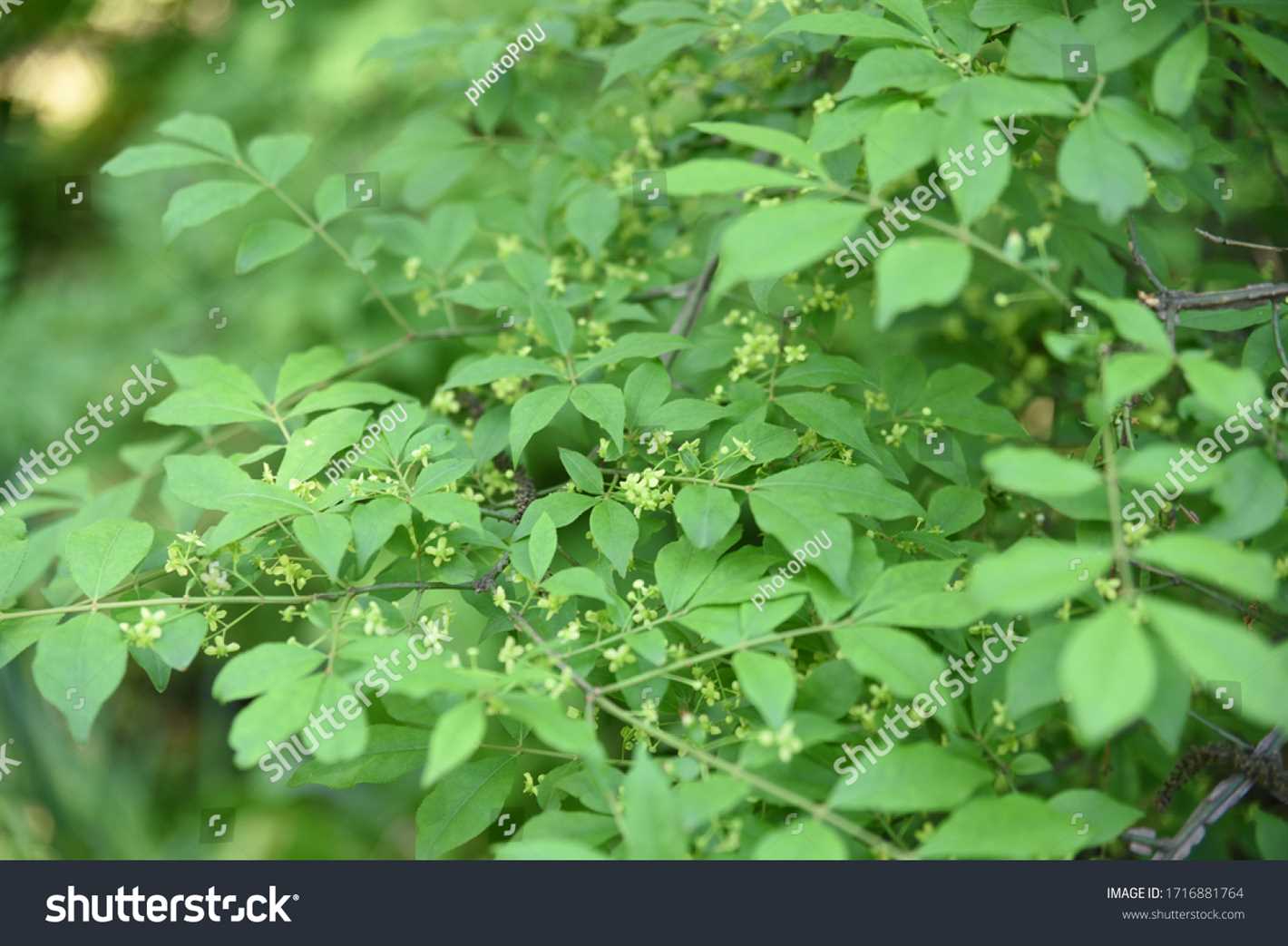

Characteristics of Birch Leaves
Birch leaves, also known as Betula leaves, are the foliage that grows on birch trees. They have certain characteristics that make them easily identifiable:
- Shape: Birch leaves are typically oval or triangular in shape. They have a pointed tip and a rounded or slightly pointed base.
- Size: The size of birch leaves can vary depending on the species, but they are generally small to medium-sized. They can range from 1 to 5 inches long.
- Color: The color of the leaves can also vary, but most birch leaves are green in the summer and turn yellow or golden in the fall.
- Texture: Birch leaves have a smooth texture with a slightly waxy surface. They have prominent veins that run from the midrib to the edges.
- Arrangement: Birch leaves are alternate in arrangement, which means they grow in a staggered pattern along the stems.
Uses of Birch Leaves
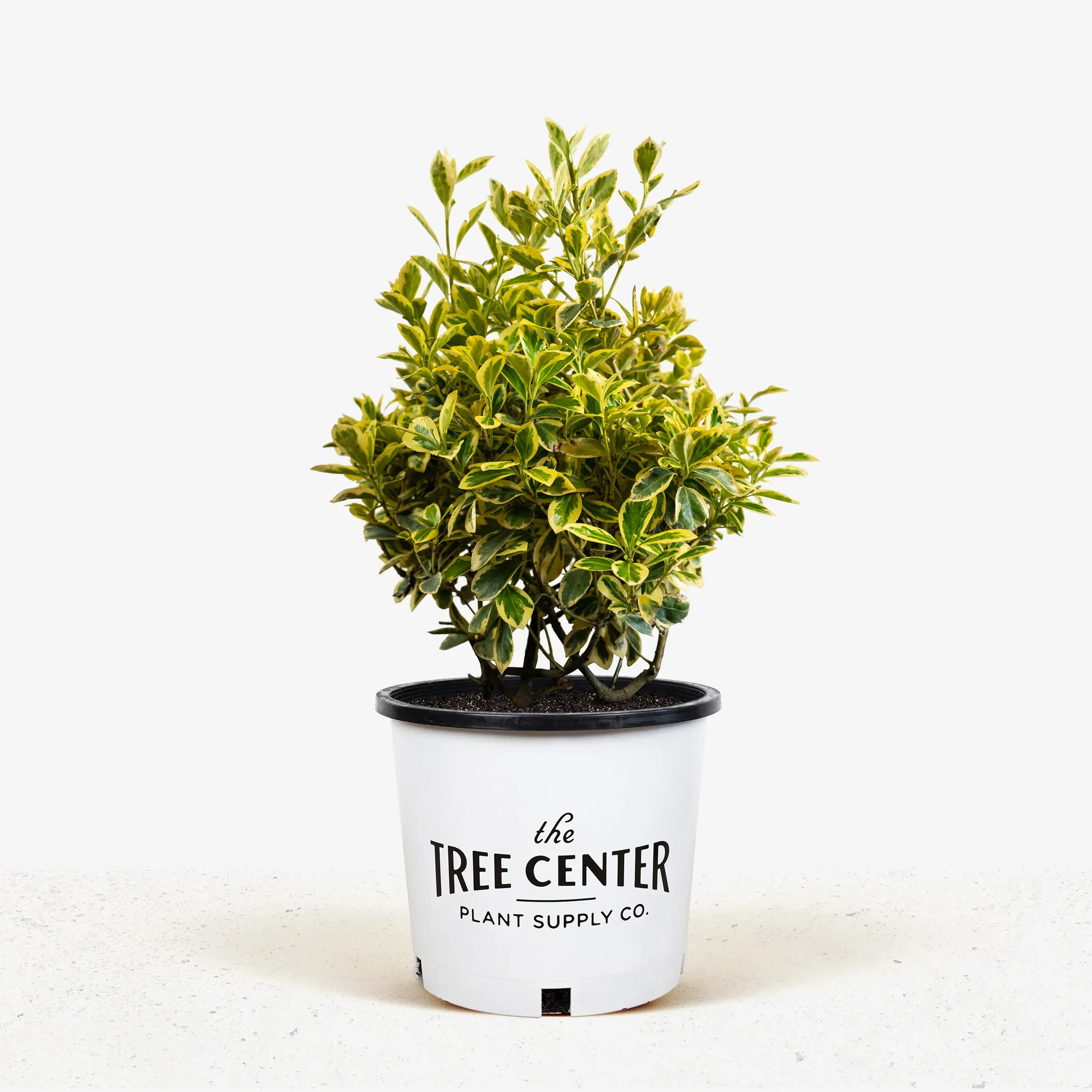

Birch leaves have been used for various purposes throughout history. Here are some common uses:
- Herbal Medicine: The leaves of some birch species, such as Betula pendula, have medicinal properties. They are used in traditional medicine to treat conditions like urinary tract infections and arthritis.
- Tea: Dried birch leaves can be brewed into a flavorful tea. Birch leaf tea is known for its diuretic properties and is often consumed for detoxification and to support urinary system health.
- Crafts: Birch leaves can be used in various craft projects. They can be pressed and preserved to create beautiful decorative pieces or used in wreaths and floral arrangements.
- Animal Feed: Birch leaves are sometimes used as forage for certain animals, including rabbits and guinea pigs. They provide essential nutrients and can be a tasty addition to their diet.
- Compost: Birch leaves, like other organic materials, can be added to compost piles to improve the quality of the soil. They decompose relatively quickly and add valuable nutrients to the compost.
In Conclusion
Birch leaves are not only an integral part of birch trees but also have various uses in medicine, crafts, and even as animal feed. They possess distinct characteristics that make them easily recognizable. Whether you are interested in their medicinal properties or want to incorporate them into your crafts, birch leaves can be a versatile and valuable resource.
Birch Bark: Beauty and Functionality
Birch bark is not only visually appealing but also serves a variety of practical purposes. The unique texture, color, and durability of birch bark make it a highly sought-after material for various crafts and designs.
1. Aesthetics
The natural beauty of birch bark is hard to deny. Its white or coppery color, paired with the distinct black markings, gives it a rustic and elegant appearance. The peeling layers and intricate patterns on the surface add further charm, making it a popular choice for decorative purposes.
2. Crafts and Decorations
Birch bark is widely used in crafting for its versatility and attractiveness. It can be used to create various items, including baskets, vases, lampshades, coasters, and even jewelry. Its pliability makes it easy to manipulate into different shapes and sizes, allowing artisans to turn it into intricate designs.
The unique texture also makes birch bark an excellent addition to home decorations. Whether used as a wallpaper, a table centerpiece, or a picture frame, it brings a touch of nature and a rustic feel to any space.
3. Traditional Uses
Birch bark has a long history of practical uses among indigenous peoples and other cultures. Its durability, water resistance, and flexibility make it ideal for making canoes, shelters, and containers for storing food. The bark’s natural oils also act as a natural insect repellent, protecting stored items from pests.
4. Medicinal Properties
The medicinal properties of birch bark have been recognized for centuries. It contains compounds such as betulin and betulinic acid, which have anti-inflammatory and anticancer properties. Birch bark extracts are used in traditional medicine to treat various ailments, including arthritis, skin disorders, and gastrointestinal issues.
5. Environmental Benefits
Birch trees, which provide birch bark, offer several environmental benefits. They contribute to air purification, soil erosion control, and wildlife habitat. Birch bark itself is a renewable resource, as it can be harvested from the tree without causing harm.
| Advantages of Birch Bark | Disadvantages of Birch Bark |
|---|---|
|
|
Birch Diseases: Common Problems and How to Prevent Them
1. Birch Anthracnose
Birch anthracnose is a fungal disease that affects birch trees, causing brown spots on the leaves, dieback, and defoliation. It is caused by the fungi Gloeosporium betularum and Marssonina betulae.
Prevention:
- Plant resistant birch species and cultivars.
- Provide adequate spacing between birch trees to improve air circulation.
- Prune infected branches to prevent the spread of the disease.
- Avoid overhead watering, as it promotes the growth of fungi.
- Apply fungicides as a preventive measure.
2. Birch Leaf Miner
The birch leaf miner is an insect pest that feeds on the leaves of birch trees, causing brown patches and skeletonization of the foliage. The larvae of the birch leaf miner are small, yellowish-white maggots.
Prevention:
- Prune and remove infested branches and leaves to reduce the population of leaf miners.
- Encourage natural predators, such as parasitic wasps, that feed on leaf miners.
- Apply insecticides when necessary.
3. Birch Canker
Birch canker is a fungal disease that causes sunken, dead areas on the bark of birch trees. It is caused by various species of the fungi Nectria and Neonectria.
Prevention:
- Avoid wounding birch trees, as it provides entry points for the fungi.
- Prune and remove infected branches to prevent the spread of the disease.
- Improve tree vigor through proper watering, fertilization, and mulching.
- Apply fungicides as a preventive measure.
4. Birch Rust Diseases
Birch rust diseases are caused by fungal pathogens of the genus Melampsora. They typically cause orange or yellow spots on the leaves and cankers on the branches of birch trees.
Prevention:
- Plant rust-resistant birch species and cultivars.
- Prune and remove infected branches to prevent the spread of the disease.
- Provide adequate spacing between birch trees to improve air circulation.
- Apply fungicides as a preventive measure.
5. Birch Decline
Birch decline is a complex of symptoms that includes dieback, leaf yellowing, and tree death. It is usually caused by a combination of factors, including stress, poor soil conditions, and pests or diseases.
Prevention:
- Plant birch trees in suitable soil conditions.
- Water birch trees properly and avoid overwatering or underwatering.
- Provide adequate nutrients through fertilization.
- Monitor and manage pests and diseases promptly.
Conclusion
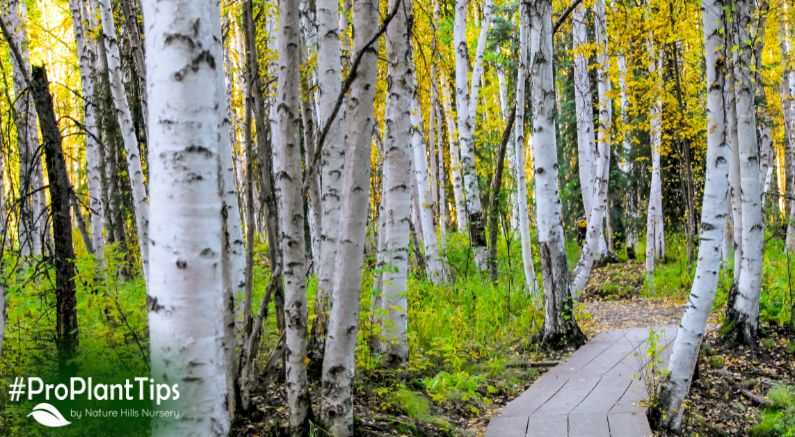

By understanding and implementing preventive measures, you can help protect your birch trees from common diseases and ensure their health and vitality. Regular monitoring, proper maintenance, and prompt treatment can go a long way in preserving the beauty and longevity of these beloved trees.
Pruning Birch Trees: When, Why, and How
Pruning birch trees is an important part of their care and maintenance. It helps to promote their health, maintain their shape, and prevent the spread of diseases. In this guide, we will discuss when, why, and how to prune birch trees.
When to Prune Birch Trees
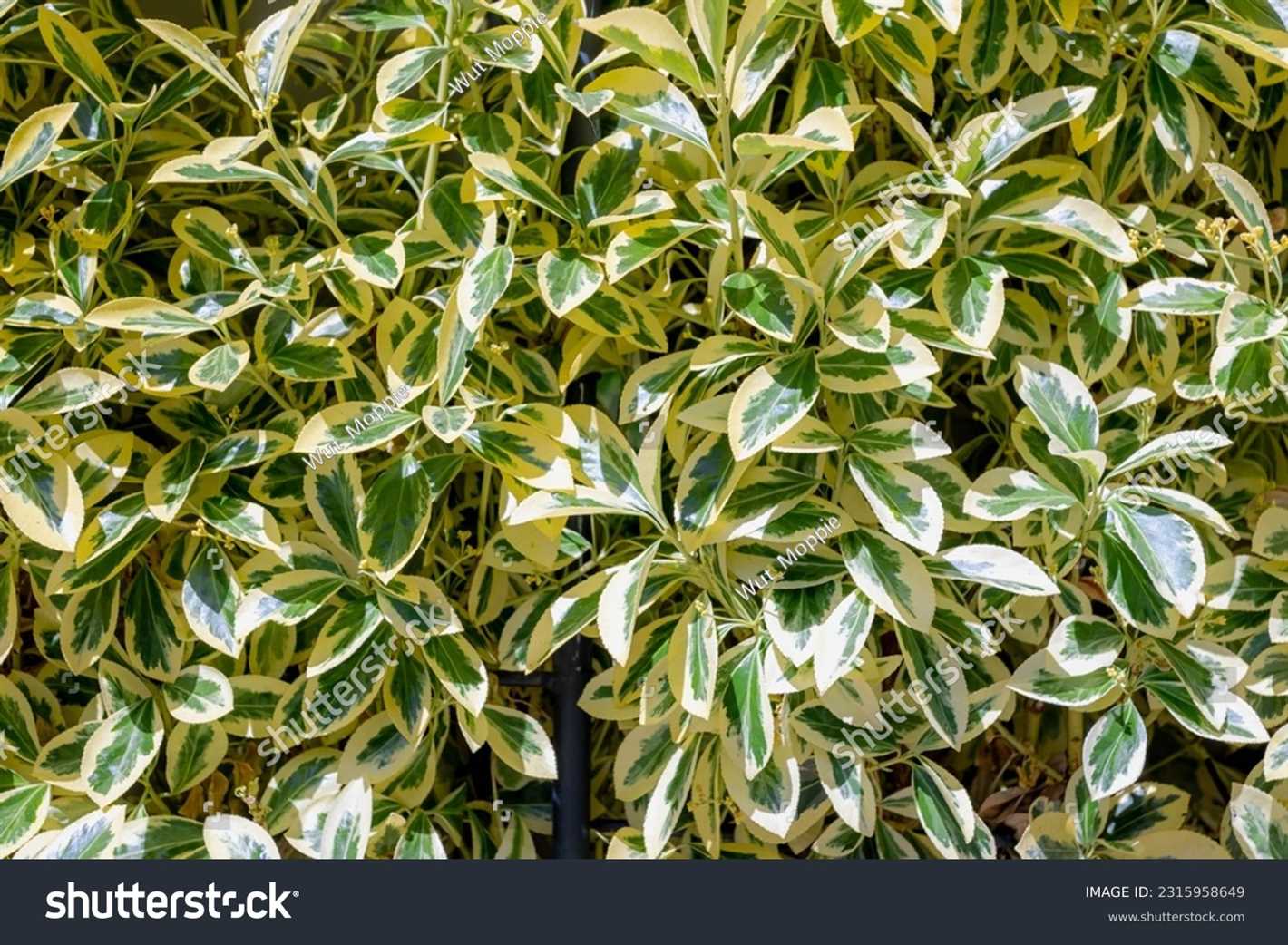

The best time to prune birch trees is during late winter or early spring, before new growth begins. Pruning during this time allows the wounds to heal quickly and reduces the risk of disease or pest infestation. Avoid pruning in late summer or fall, as this can make the trees more susceptible to birch borers and other pests.
Why Prune Birch Trees
Pruning birch trees serves several purposes:
- Removing dead or diseased branches: Pruning helps to eliminate any branches that are dead, damaged, or diseased. This improves the overall health of the tree and prevents the spread of diseases.
- Controlling size and shape: Pruning allows you to control the size and shape of the birch tree. You can remove unwanted branches or shape the tree to enhance its aesthetic appeal.
- Improving air circulation: Thinning out dense branches improves air circulation within the tree, reducing the risk of fungal infections and other diseases.
- Encouraging new growth: Pruning stimulates the growth of new branches, making the birch tree appear fuller and healthier.
How to Prune Birch Trees


Follow these steps to prune your birch trees effectively:
- Prepare the tools: Make sure you have the right tools for the job, including sharp pruning shears, loppers, and a pruning saw for larger branches.
- Identify the branches to be pruned: Take a close look at the tree and identify any dead, damaged, or diseased branches that need to be removed. Also, consider the shape and size of the tree and determine if any pruning is necessary for aesthetic purposes.
- Make the cuts: Use the appropriate tool to make clean cuts just outside the branch collar, which is the swollen area where the branch meets the trunk. Avoid leaving stubs or making flush cuts, as they can harm the tree.
- Remove suckers and water sprouts: Suckers are shoots that emerge from the base of the tree, while water sprouts are vigorous, upright shoots that grow from the branches. Remove them to maintain a clean and tidy appearance.
- Dispose of the pruned branches: Properly dispose of the pruned branches to prevent the spread of diseases or pests.
Pruning birch trees requires some knowledge and skill. If you’re unsure or have large, mature trees, it’s best to consult with a professional arborist to ensure proper pruning techniques and safety.
| Tips | |
|---|---|
| 1. | Prune during late winter or early spring. |
| 2. | Remove dead, damaged, or diseased branches. |
| 3. | Avoid pruning in late summer or fall. |
| 4. | Make clean cuts just outside the branch collar. |
| 5. | Dispose of pruned branches properly. |
Landscaping with Birch: Creative Ideas and Inspirations
Adding birch trees to your landscape can bring a touch of elegance and natural beauty to any outdoor space. Here are some creative ideas and inspirations for incorporating birch trees into your landscaping:
1. Birch Tree Grove
Create a stunning focal point in your yard by planting a group of birch trees together. Arrange the trees in a grove-like formation to create a sense of serenity and tranquility. The white bark of the birch trees will add contrast and visual interest to your landscape.
2. Birch Tree Hedge
Use birch trees to create a unique and stylish hedge. Plant the trees close together in a row, allowing them to grow and form a dense barrier. The slender trunks and delicate leaves of the birch trees will create an elegant and sophisticated look.
3. Birch Tree Pathway
Create a charming pathway in your garden or backyard by planting birch trees along the sides. The tall, slender trunks and graceful branches of the birch trees will create a whimsical and enchanting atmosphere. Add some stepping stones or gravel to create a clear path through the trees.
4. Birch Tree Screens
Use birch trees to create attractive screens or privacy barriers in your outdoor space. Plant the trees in a row, spacing them apart to allow for proper growth. The dense foliage and unique bark of the birch trees will provide privacy while adding beauty to your landscape.
5. Birch Tree Container Planting
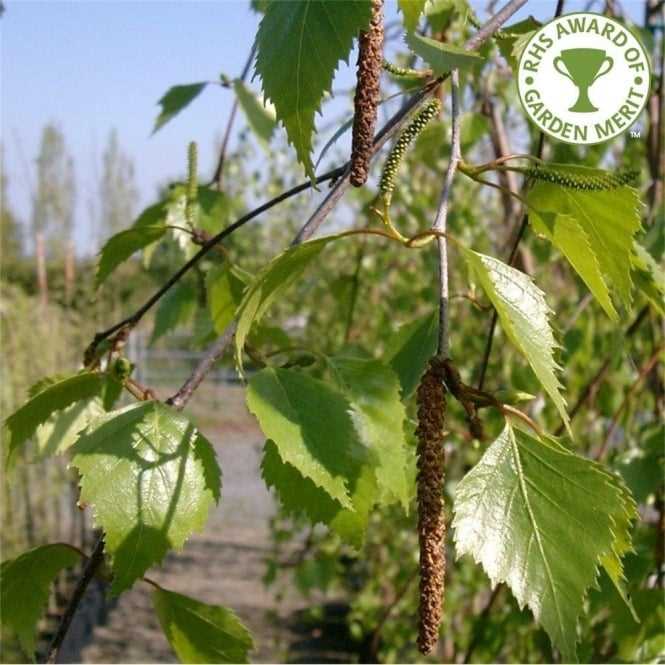

If you have limited space, consider planting birch trees in containers. Place the containers strategically on your patio or deck to create a focal point. The white bark and delicate leaves of the birch trees will add a touch of beauty and elegance to any outdoor space.
6. Birch Tree Water Feature
Add a touch of zen to your landscape by incorporating a birch tree water feature. Plant a birch tree near a pond or create a small fountain surrounded by birch trees. The sound of the water combined with the peaceful presence of the birch trees will create a soothing and relaxing atmosphere.
7. Birch Tree Lighting
Enhance the beauty of your birch trees by adding outdoor lighting. Install uplights at the base of the trees to illuminate their white bark, creating a stunning visual effect at night. The contrast between the dark landscape and the illuminated trees will create a dramatic and magical ambiance.
With these creative ideas and inspirations, you can incorporate birch trees into your landscaping to create a beautiful and unique outdoor space. Whether you choose to plant a grove of birch trees, use them as a hedge or a screen, or create a birch tree pathway, the elegance and natural beauty of these trees will transform your landscape into a picturesque retreat.
Q&A:
What are some common species of birch?
Some common species of birch include white birch, yellow birch, and paper birch.
How do I care for a birch tree?
To care for a birch tree, you should plant it in well-drained soil, water it regularly, and provide it with adequate sunlight. You should also prune the tree when necessary and protect it from pests and diseases.
Are birch trees resistant to diseases?
While birch trees are generally hardy, they can be susceptible to certain diseases such as birch leaf spot and bronze birch borer. It is important to monitor the health of your birch tree and take appropriate measures to prevent and treat any diseases that may arise.
What are some uses for birch wood?
Birch wood is commonly used for making furniture, cabinets, and plywood. It is also used in the construction industry for flooring and paneling. Additionally, birch wood can be used for crafting and making decorative items.
How fast does a birch tree grow?
The growth rate of a birch tree can vary depending on the species and growing conditions. Generally, birch trees can grow at a moderate to fast rate, with some species growing up to 2 feet per year.
Do birch trees attract wildlife?
Yes, birch trees are known to attract wildlife such as birds and squirrels. The seeds and buds of birch trees are a food source for many animals, and the tree’s dense foliage provides shelter and nesting opportunities.
Can birch trees be grown in containers?
Yes, birch trees can be grown in containers if the appropriate care is provided. It is important to select a dwarf or weeping variety of birch that is suitable for container growing. Regular watering and proper fertilizing are also necessary to ensure the tree’s health.
Video:
How to grow Green Spire Euonymus (Upright Narrow Evergreen Shrub)







